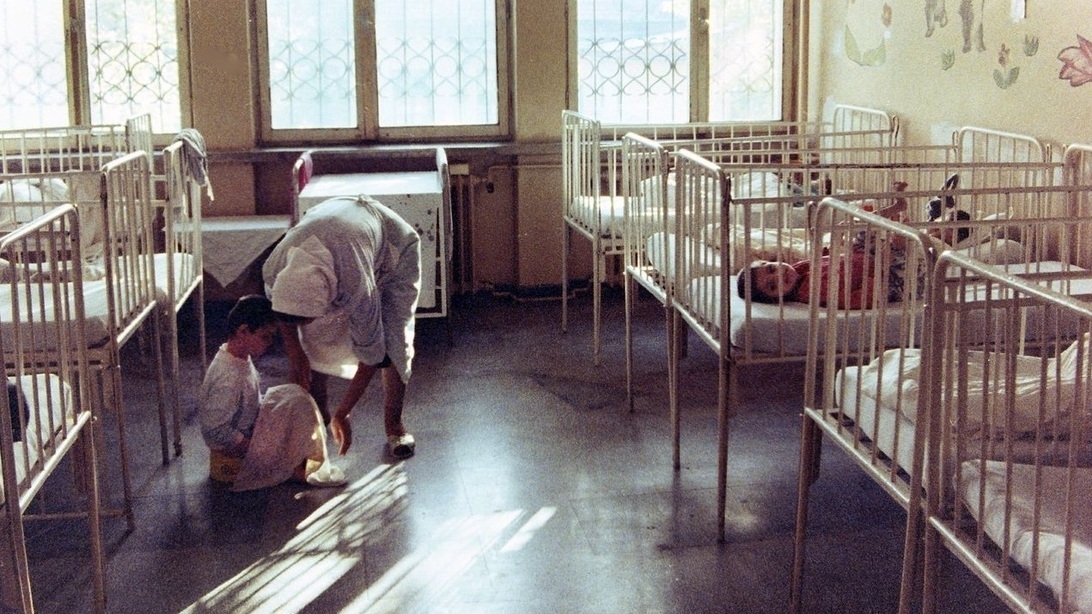Homeschool Life LLC
Volume 1, Issue 5

THE CASE OF THE ROMANIAN ORPHANS, BRAIN DEVELOPMENT AND THE PARALLELS TO CHILDCARE IN THE U.S.
In the 1980's in Ceausescu's Romania, the children in the State orphanages were in horrible, over-crowded conditions. They generally had enough to eat and were bathed but there was little or no physical contact or affection given. Many of the babies simply died regardless of the food and shelter. According to Professor Charles Nelson who studied the Romanian orphan crisis says that neglect is awful for brain development causing long-term mental and emotional problems. Many of the 100,000 children showed stunted growth, low brain activity and dramatic diminishment in gray and white brain matter along with abnormal amygdala volume. (Hamilton, 2014) In Romania, it is now illegal to institutionalize children under the age of two based of the findings of the orphan crisis. One researcher from the University of Maryland, Nathan Fox, who maintains the ongoing studies in Romania of the effects of institutionalized children says, "There is really no such thing as a good institution for an infant or young child...[and even] in the United States we are seeing similar brain consequences from children of neglectful parents and children tended by social services." (Pappas, 2012)
In the United States, the number of children under the age of 5 in non-relative day care is about one-third or 6.7 million children. That is a lot of children spending a lot of time away from their parents - at an average of 33 hours a week. (Laughlin, 2013) With the common condition of childcare facilities being understaffed and the low-attentiveness level of the typical staff, I doubt that a 2 year-old understands the functional difference between a daycare and an orphanage by their surroundings. We also know that stress negatively impacts the developmental of limbic structures like the hippocampus and the amygdala which regulates and processes emotion and that these children have higher occurrences of anxiety and mood disorders and difficulty in emotional self-regulating. (Tottenham, 2010) How many years and daycare generations of stressed and isolated children do we have to see before some correlation is firmly established between parent-child separation and brain development?
REFERENCES:
Hamilton, J. (2014, Feb. 24). Orphans' Lonely Beginnings Reveal How Parents Shape A Child's Brain. Retrieved Dec. 20, 2015, from National Public Radio NPR: http://www.npr.org/sections/health-shots/2014/02/20/280237833/orphans-lonely-beginnings-reveal-how-parents-shape-a-childs-brain
Laughlin, L. (2013, Apr.). Who’s Minding the Kids? Child Care Arrangements: Spring 2011. U.S. CENSUS BUREAU, 70-135.
Pappas, S. (2012, Jul. 23). Early Neglect Alters Kids' Brains. Retrieved Dec. 20, 2015, from Live Science: http://www.livescience.com/21778-early-neglect-alters-kids-brains.html
Tottenham, N. H. (2010). Prolonged institutional rearing is associated with atypically larger amygdala volume and difficulties in emotion regulation. Developmental Science, 13(1), 46. doi:10.1111/j.1467-7687.2009.00852.x